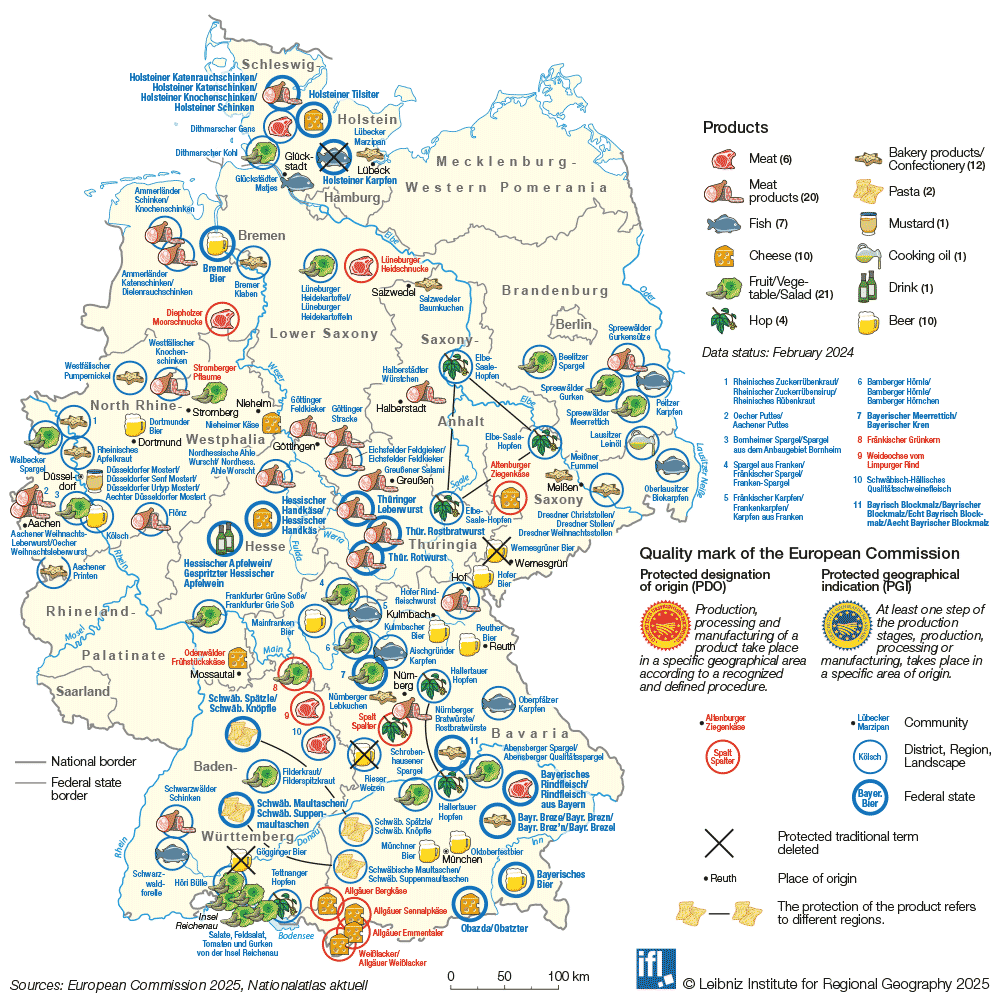
Dithmarscher Gänse (geese)
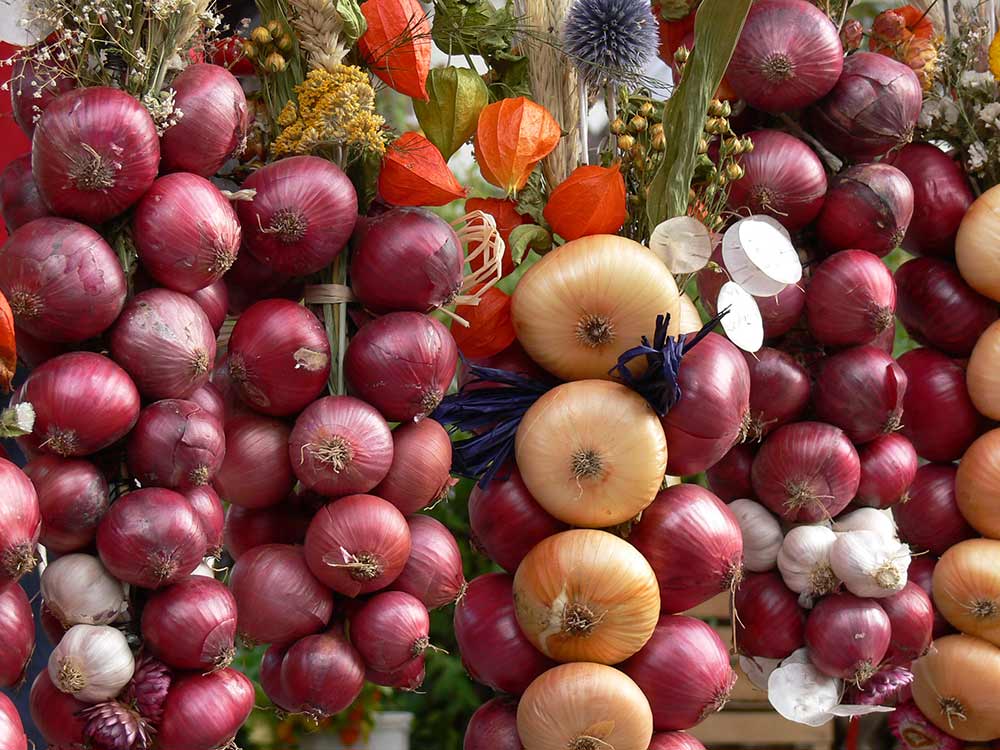
Höri Bülle (red onion)
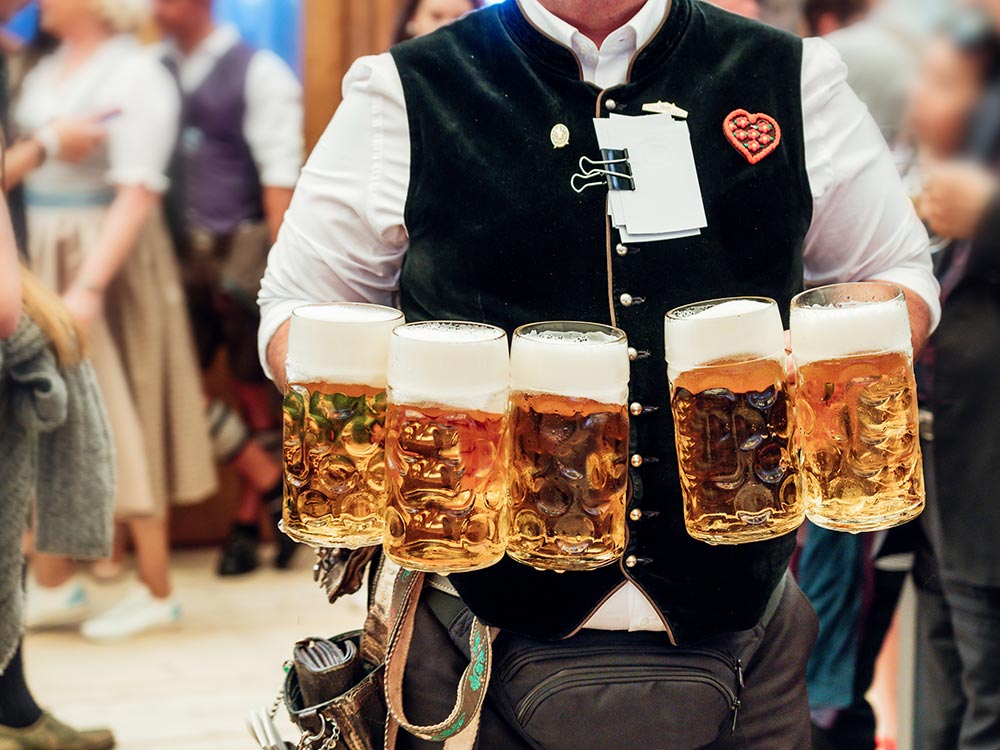
“Oktoberfestbier” (Oktoberfest beer)
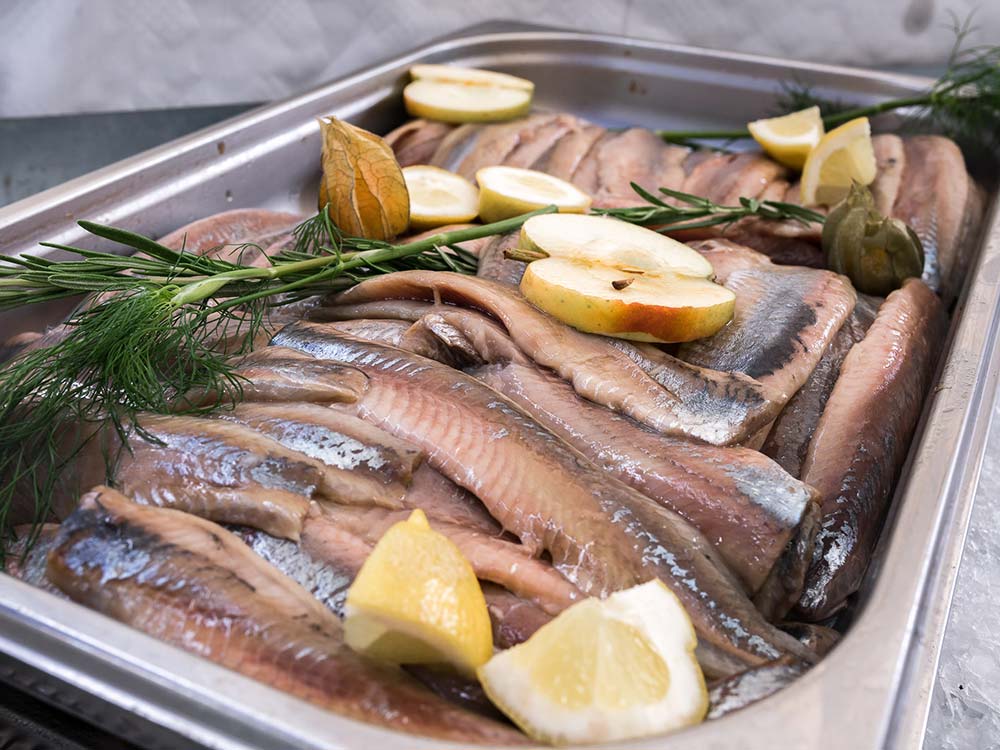
“Glückstädter Matjes”
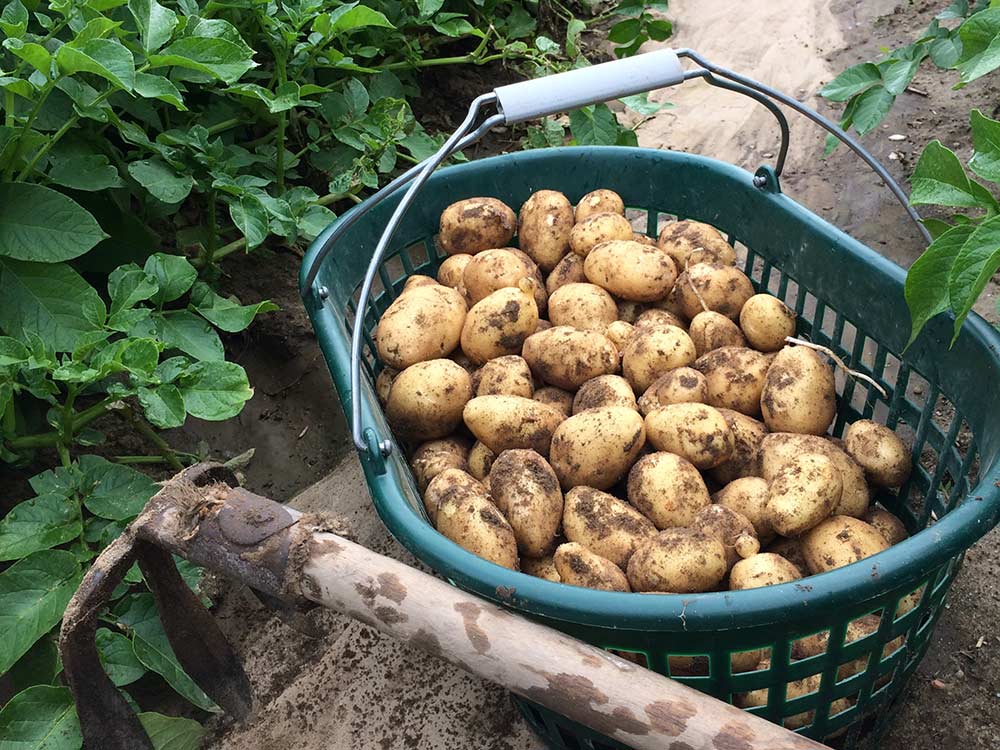
“Lüneburger Heidekartoffeln” (heath potatoes)
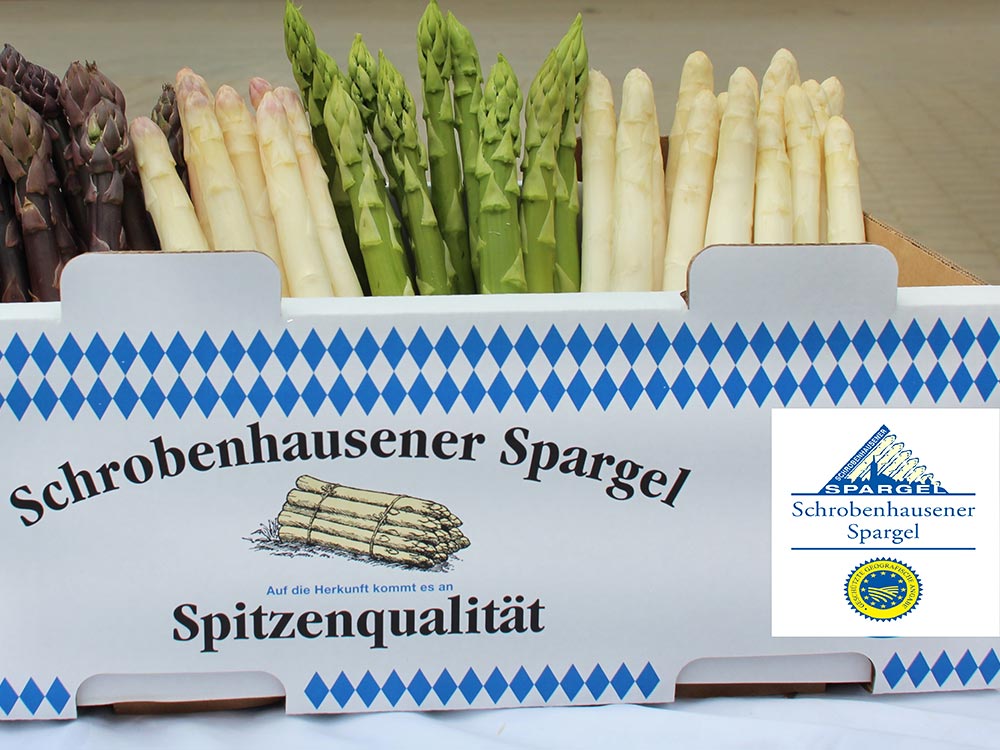
“Schrobenhausener Spargel” (asparagus)
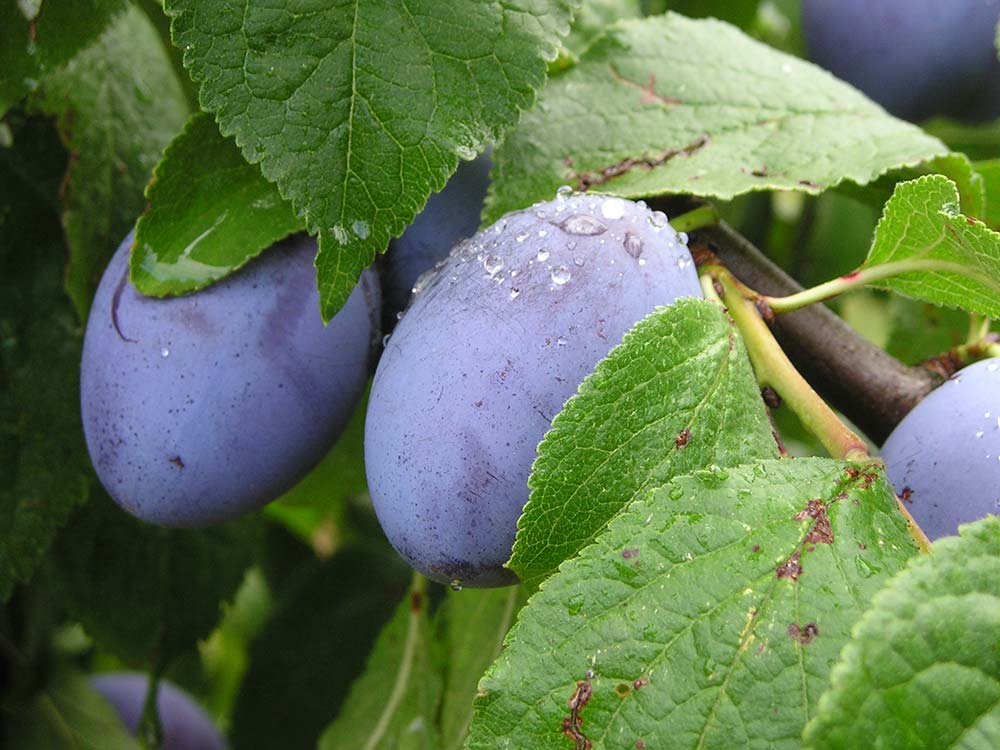
“Stromberger Pflaume”

“Dresdner Christstollen” (Dresden christstollen)
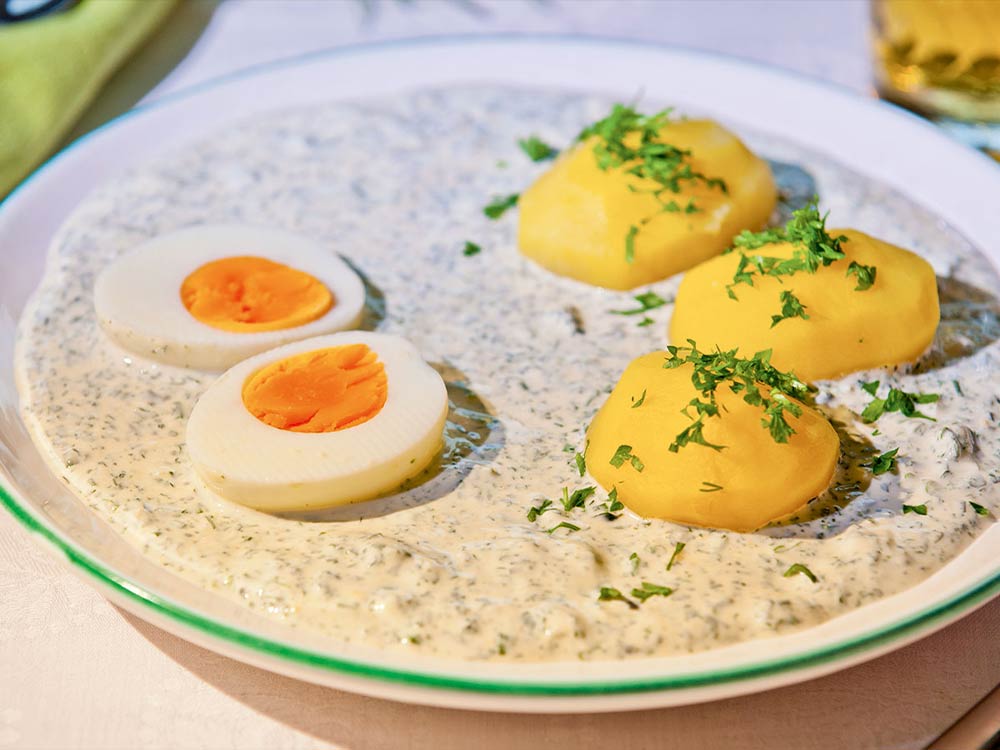
“Frankfurter Grüne Soße” (Frankfurt green sauce)
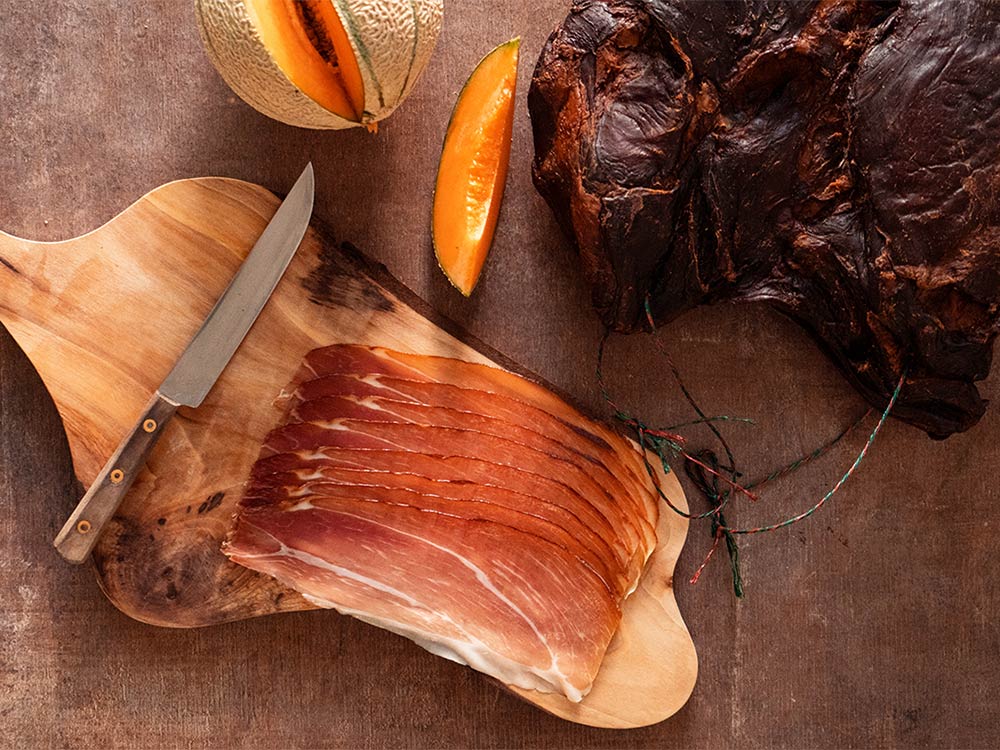
“Schwarzwälder Schinken” (Black Forest Ham)

“Aachener Printen”

“Thüringer Rostbratwurst” (Thuringian grilled sausage)
The European protection of geographical indications for wine, spirit drinks and agricultural products (agricultural geographical indications, agri-GIs) has been in place for a long time and has become an effective tool for preventing the misuse and imitations of registered names. But so far, the sector for craft and industrial products did not have a comparable unified protection system. The Regulation (EU) 2023/2411 on the protection of geographical indications for craft and industrial products (CIGIs) closes this gap: from 1 December 2025 on, products produced by hand or in a standardised way and by using machines, such as natural stones, woodwork, jewellery, textiles, lace, cutlery, glass, porcelain and hides and skins, benefit from an EU-wide protection system.
The new registration procedure for CIGIs is based on the successful procedure for agricultural geographical indications pursuant to Regulation (EU) 2024/1143. It consists of two phases: the national phase and the union phase. In the national phase, the DPMA examines the application, conducts national opposition proceedings if needed, and, after the successful examination, forwards the application to the European Union Intellectual Property Office (EUIPO). In the second phase, the EUIPO continues the procedure at union level and makes a decision regarding the registration. Pursuant to Regulation (EU) 2023/2411, these applications can be submitted electronically.
An essential requirement for obtaining the protection provided by a geographic indication is the link to the respective area of origin. A product’s quality, reputation or other characteristics must be essentially attributable to its geographical origin. Just as for agricultural geographical indications, every product has to have a product specification including a detailed description. Only products that fulfil these requirements may be offered using the protected indication.
Craft and industrial products are protected as geographical indications, but in contrast to agricultural products, the regulation does not provide for their protection as designations of origin.
If there is already a specific protection of geographical indications at a national level for craft and industrial products, it ends on 2 December 2026, if no application for EU-wide protection is filed under the new Regulation (EU) 2023/2411.
Information about the new CIGI procedures has already been published on the DPMA’s and the EUIPO’s websites and will be updated regularly.
All geographical indications that have already been applied for and registered can be found in the official register of the EU, eAmbrosia. The GIview portal contains geographical indications from the EU as well as from third countries that are protected by agreements.
The legal basis for the protection of agricultural products has changed: the previous Regulation (EU) 1151/2012 has been substituted by Regulation (EU) 2024/1143, and the previous Regulations (EU) 664/2014 and 668/2014 have been replaced by Delegated Regulation (EU) 2025/27 and Implementing Regulation (EU) 2025/26.
The previous classification of products according to product categories has been changed to the Combined Nomenclature (see Annex I of Regulation (EU) 2024/1143). The indications in eAmbrosia, the union register of geographical indications, have been adapted accordingly.
In 2024, five requests for the amendment of geographical indications were filed with the DPMA. Requests for amendment can be submitted to adapt the specification of a product, for example. In these cases, they concerned the protected geographical indications (PGIs) “Lausitzer Leinöl” (linseed oil from the Lausitz region), “Spargel aus Franken” (asparagus from Franconia), “Schrobenhausener Spargel” (asparagus from Schrobenhausen), “Abensberger Spargel” (asparagus from Abensberg) as well as “Nürnberger Lebkuchen” (gingerbread from Nuremberg). For the PGI “Salzwedeler Baumkuchen” (cake from Salzwedel), a request for cancellation was filed.
In the procedures for the PGIs “Tettnanger Hopfen” (hops) and “Spreewälder Gurken” (gherkins), the DPMA granted the requests for standard amendments. The request for the registration of the designation for the meat paste “Harzer Pottsuse” was declined.
The designation “Dithmarscher Gans” (geese) was protected as a geographical indication by the European Commission in 2024, making it a total of 97 German products that have been registered so far.
In the procedure regarding “Hessischer Apfelwein” (apple wine from Hesse) (30 W (pat) 054/22), the Federal Patent Court has referred the decision regarding certain amendments back to the DPMA; it also rejected the complaint. The complaint in the amendment procedure regarding the PGI “Schwäbisch-Hällisches Qualitätsschweinefleisch” (quality pork from Schwäbisch Hall) was withdrawn.
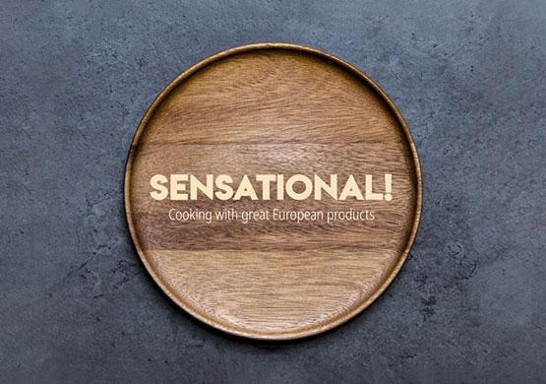
Sensational! Cooking with great European products
Top chefs reveal in a cookbook published by the European Commission how they create unique recipes from products with European seals of quality.
Take a look and be inspired!
Food with protected geographical status
